Dive into a world of creativity!
Open Source - Blog Posts
ayo this pretty cool


[id: active style manual wheelchair with frame made of rectangle wood planks screwed together. end id]
as we know active type wheelchair very expensive, & repair need buy from specific medical manufacturer n take very long time. someone (who wheelchair user themself of near 40 years) made open source active manual wheelchair where most (if not all?) material from commercial easy get materials! wood, plastic, pvc pipe, & those commercial aluminum square pipe things. n they put guide made them yourself in link for anyone want try make
this video from their instagram show their wood frame wheelchair actually pretty durable, include clip from everyday use & even drop wheelchair all over place (basically imagine what airline do to them…) - n wheelchair stay in tact! n even if some part break - it easy change because wood planks all screwed together so you just buy wood plank & unscrew & rescrew.
not great for people w advanced seating positioning needs probably (think if only problem is easy butt pressure sore, maybe can still use this + supportive cushion but think beyond that it get hard). but if like you don’t need those things then maybe fun project?
have not use for self so can’t actually talk about experience but it look pretty cool

A friend shared this on facebook and I'm putting it here for reference.


Not quite as cool as pirating, but its a lot easier! Stick it to em!

Interesting :)
Decentralized Manufacturing: The New Frontier

I've already discussed the importance of forming networks of resilience against corporate encroachment in local communities before. One of those networks consists of manufacturing, specifically decentralized manufacturing. One hallmark of this venture will be 3D printing.
Given how corporations weaponize convenience to extract everything from communities (the Walmart effect), communities must be able to provide for themselves. Obviously, learning a trade and teaching it to your kids is half the battle. The other half will inevitably come down to adopting new technology (such as 3D printing) without subjecting yourself to the tech companies that will attempt to control this. 3D printing has the capability to cover building parts for everything from construction, to automotive, to even pharmaceutical products, and most controversially, guns.
That said, this has to happen in an open source environment. Playing into the IP law game will simply result in your ideas getting acquired by a corp and sued into bankruptcy. You're not gonna beat these guys at your own game, and IP laws are flagrantly anti-free market anyway (a topic I won't get into here.) If you want to protect your liberties, you're going to have to learn when to band together against bigger threats.
Here's some resources to get started:
What is 3D printing?
Free download able 3D printing files
Best affordable open source 3D printers
Have at it folks.
Join us on January 18-01-2014 to celebrate Education Freedom Day!
Education Freedom Day is a worldwide celebration of Free Educational Resources. Initiated in 2013 by the same organization behind Software Freedom Day it aims at educating the worldwide public about the benefits of using Free Software and Free Educational…
View Post
this is so pleasing to watch



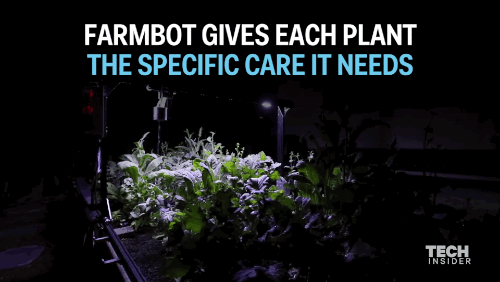
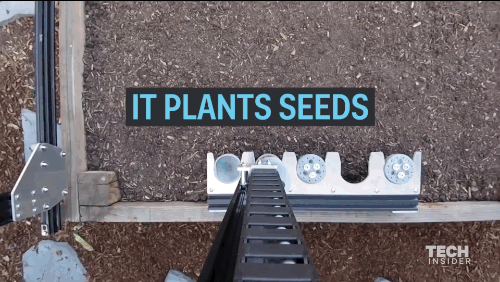

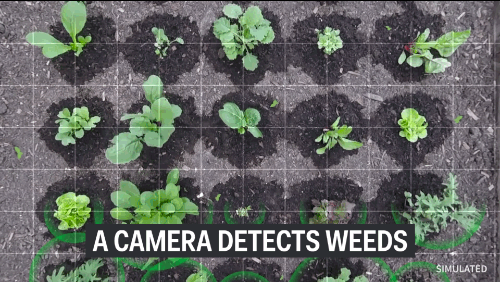

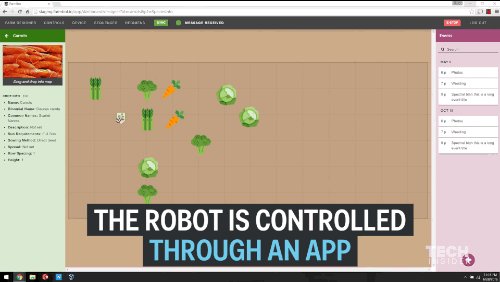
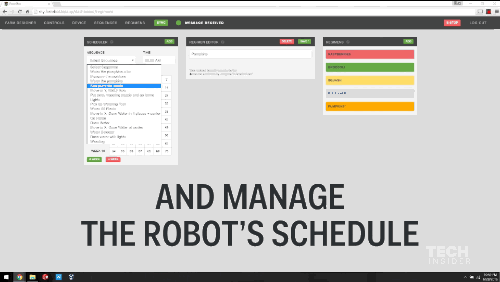
FARMBOT GENESIS: This robot is changing farming as we know it
And the best part about this technology is that it’s open source, meaning you can build one yourself from the blueprints that are available for anyone to download.
Check out the full video to find out more about Farmbot Genesis.
Reblogging particularly for LibreOffice mention, it can literally do everything MS Office can do but it's free and open-source
It is with the deepest frustrations that I must report Microsoft has pushed out Copilot onto Microsoft Word no matter what your previous settings were. If you have Office because you paid for it/are on a family plan/have a work/school account, you can disable it by going to Options -> click on Copilot -> uncheck 'Enable Copilot'.
(Note, you may not see this option if you haven't updated lately, but Copilot will still pop up. Updating should give you this option. I will kill Microsoft with my bare hands.)
In addition, Google has forced a roll-out of it's Gemini AI on all American accounts of users over 18 (these settings are turned off by default for EU, Japan, Switzerland, and UK, but it doesn't hurt to check).
To remove this garbage, you must go to Manage Workspace smart feature settings for all your Gmail/Drive/Chat and turn them off. Go to Settings -> See all settings -> find under "Genera" the "Google Workspace smart features" -> turn smart feature setting off for both Google Workspace and all other Google products and hit save. (If you turned off the smart settings in your Gmail, it never hurts to open Drive and double-check that they're set to off there too.)
Quick Edit: I found the easiest way to get to the Smart Feature settings following the instructions above was to do it through Drive. Try that route first.
Now is the time to consider switching to Libre Office if you haven't already.
Do you REALLY need a good GPU for Blender?
Chibi I did long ago
I did these 2 for some profile pictures a while back. These are based on a fiction/fantasy story written by @poetshri illustrations are copyrighted by me

[Image description: a wheelchair made from lumber, screws, front caster wheels, big rear wheelchair wheels, a thin firm-looking seat cushion, duct tape, and a few other hardware odds and ends. The chair appears handmade with a solid but DIY vibe, and many of the parts look like they could have come from a neighborhood hardware store.]
In case anyone finds it helpful because mobility aids are horrifically expensive and inaccessible…

And for those people who have access to mobility devices but might benefit from a second chair they can abuse without risking expensive damage…
Erik Kondo has made a website, Open Source Innovations, that details plans for DIY wheelchairs. These wheelchairs can be made from common materials like wood, plastic, and pvc. They are lightweight and can be custom fit to the user allowing from the same degree of movement you would get from a custom chair. And they are durable and easily repairable. (he has been stress testing his latest design by dropping it down stairs, dropping it out of a car, launching it across a driveway, and throwing it off a deck). Its 12lbs and I think he said its was in the $200 ish range for parts.
He also is working on cheap, open source, accessible designs for beach chairs, off road chairs, motorized attachments (think smart drive), and so on. Plus he skateboards in his wheelchair. Cool dude, helpful info, pass it on.
The next breakthrough for Cyber Command’s Unified Platform program will be a fully built software factory, a platform for consolidating applications and inventing new tools. This will help integrate and deploy analytical capabilities for the cyber mission force.
Besides consolidating, the platform will standardize the variety of big data tools used by Cyber Command and its subordinate organizations, including the Defense Information Systems Agency. The common platform will allow organizations to easily share information and build tools that can be used across the service cyber components leading to greater interoperability.
Big data analysis is the buzzword in the technology domain has gathered massive traction in recent time. As the customer touch points are increasing from digital communications like social media and emergence of new innovative technologies like IoT, companies now have data sources that give real-time information.
It is forcing enterprises to rely on it for more profound insights which are helping organizations to grow. Here are five significant data analytics trends that will be the talk of the technology world in 2019 and beyond.
https://goo.gl/XEcJHK

New Guinea is one of the most linguistically diverse places in the world, with more than 1000 distinct languages crammed into an area not much larger than the state of Texas.
Despite this rich variety—for comparison, Europe contains about 280 languages—linguists have only analyzed the grammatical structures of a fraction of the South Pacific island’s languages. Now, Simon Greenhill, a linguist at Australian National University in Canberra, is trying to remedy that situation, by gathering together hundreds of thousands of words from published surveys, book chapters, and articles, as well as the accounts of early European explorers, and putting them into an online database called TransNewGuinea.org.
Updated daily, the site already contains glossaries for more than 1000 languages from 23 different language families, including 145,000 words. There are roughly 1000 different words for “water,” as well as for “louse,” and linguists and language enthusiasts can view all the languages by geographic origin in an interactive map.
Greenhill introduced the scientific community to the site(PDF) this week in the journal PLOS ONE; already, he has used the database to look for clues about how the different languages are related. Through comparative, historical, and computational analyses of the data, he hopes the linguistic community will now use the site to solve long-standing questions about how New Guinean populations expanded and spread their culture.